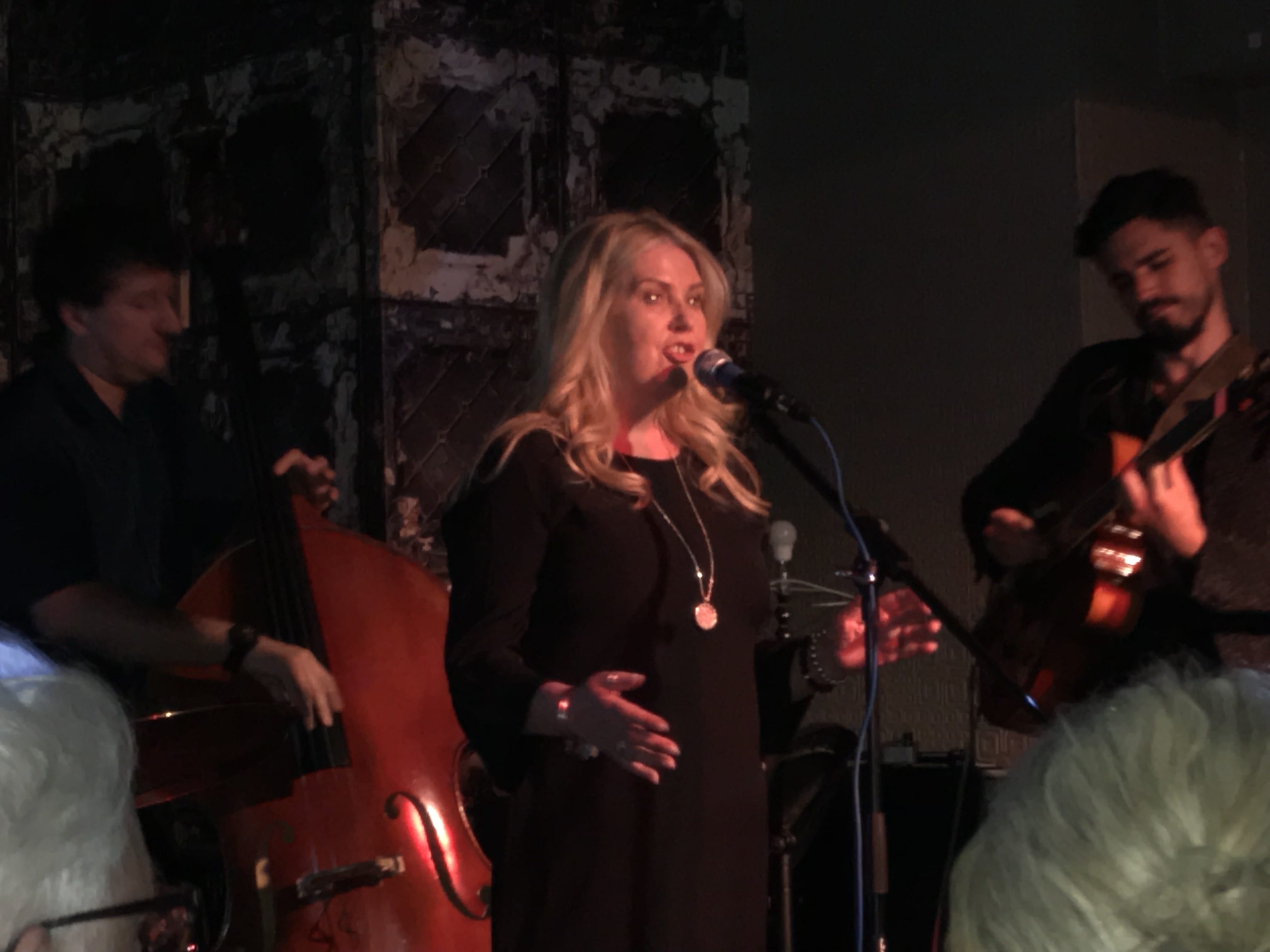Everybody can sing, as long as you can hum up or down a few notes in your range you can
Folk
Folk music is a type of traditional and generally rural music that originally was passed down through families and other small social groups. Like folk literature folk music lives in oral tradition meaning it is learned through hearing rather than reading sheet music like classical. There are over 20 different types of folk music.
As a genre of music it is based on traditional songs and melodies. It often tells stories about the people and cultures that it comes from, and it can be quite diverse. There are many different types of folk music, and each one has its unique sound. Folk music is often easy to relate to, and it can be quite emotional.
Below is a list of 20 different types of folk music, each with its distinct sound and purpose.
Which one would you like to learn to sing?
Traditional Folk
This is the type of folk music that most people think of when they hear “folk music”. A traditional folk song tells a story about the history and culture of those who sing it. Some popular songs include “The Wabash Cannonball”, “Oh Susanna”, and “She’ll Be Comin’ Round the Mountain”.
Country Folk
Country folk music developed in the Southern United States in the early 20th century; it is a mix of traditional folk music and popular country music. This type of folk music is often characterised by its simple melodies and lyrics about the everyday lives of the people who perform it.
Acoustic Folk
Acoustic folk music is a modern form of folk music typically played on acoustic instruments such as guitars, banjos, and fiddles. It is folk music rooted in traditional folk music, but it often incorporates elements of rock, blues, and jazz. Popular acoustic folk artists include Bob Dylan, Woody Guthrie, and Joni Mitchell.
Roots Folk
Roots folk music is a mix of traditional folk music, country-folk music, and rock music. It is called roots because it was the foundation of many popular music genres that developed in the United States, including jazz, R’n’B, and rock n roll.
Celtic Folk
Celtic folk music is a type of folk music that developed in Ireland, Scotland, Wales, and Brittany in France. It is characterised by its use of traditional Celtic instruments such as the Bodhran (a type of drum), the fiddle, bagpipes, tin whistle, and accordion.
It has been around for many centuries and has gained worldwide popularity. Celtic folk music is often played at festivals and dancing events such as ceilidhs (pronounced “kay-lee”).
Bluegrass Folk Music
Bluegrass folk music is a type of folk music that developed in the Appalachian Mountains in the United States. Music legend Bill Monroe popularised it in the 1940s. Bluegrass is typically characterised by its fast tempo and improvisation, creating excitement. Instruments commonly used in bluegrass music include the banjo, mandolin, fiddle, and acoustic guitar. Some popular bluegrass singers are Alison Krauss, Earl Scruggs, and Lester Flatt.
Old-timey Folk
Old-timey folk is a North American folk music genre that developed in the 1900s. It has its roots in the traditional music of the British Isles (England, Scotland, Ireland) and Africa. It is typically played on acoustic instruments and has a mellower sound than other types of folk music.
Instruments commonly used in old-timey folk music include the banjo, harmonica, and fiddle. The lyrics are often about simple things such as love, nature, and work.
This type of folk music often has a feeling of sadness or nostalgia. Some popular old-timey folk songs are “In the Pines”, “Keep On the Sunny Side”, and “The Wreck of the Old 97”.
Folk Rock
Folk-rock is a subgenre that combines folk music and rock music. It developed in the United States in the 1960s and was popularized by folk singers such as Bob Dylan and Joan Baez.
Folk-rock uses acoustic guitar, electric instruments, and other instruments like mandolin and banjo. “Like a Rolling Stone” by Bob Dylan, “Mr Tamborine Man” by The Byrds, and “Norwegian Wood” by The Beatles are some of the greatest folk-rock songs.
Folk Metal
Folk metal is a genre of heavy metal music that combines elements of folk music. It developed in the 1990s in Europe and was popularised by bands such as Korpiklaani, Ensiferum, and Finntroll. Folk metal uses folk instruments like the accordion, violin, and bagpipes and traditional metal instruments such as electric guitars, drums, and bass.
Neofolk
Neofolk fuses folk music with industrial music, and it emerged from the punk rock music scene in the 1980s. Neofolk is typically characterized by its use of acoustic instruments, folk lyrics, and dark or melancholic themes.
It uses modern instruments like electric guitars and synthesisers and an experimental approach to songwriting. Bands like Current 93 and Death in June are considered pioneers of the neo-folk genre.
Anti-folk
Anti-folk emerged in the New York City folk music scene in the 1980s and was popularised by folk singers such as Beck. This genre incorporates unconventional instruments such as electric guitars, drums, piano, and bass.
Event and / or Location-Related Folk
Event or location-related folk music is folk music that is specific to a certain event or location. For example, Cajun folk music is folk music that originated in Louisiana among the French-speaking people who settled there. It is characterised by its use of the fiddle, accordion, and guitar. Another example is Mariachi folk music, which is folk music that originated in Mexico. It is typically played by a group of musicians called a Mariachi band, and their sound is festive.
Love Folk
Love folk music is specifically about love. It tells stories of love and romance, and they are easy to relate to because many people share similar experiences. Love folk music is often cheerful and optimistic, and it makes you feel happy and nostalgic.
A popular folk love song is “Lass of Glenshee”, which tells the story of a king falling in love with a woman in saw while riding his horse through the towns.
Murder Folk
Murder folk music is folk music that tells stories of murder and violence. It often has a dark and ominous tone, which can be quite disturbing.
Many murder folk songs are based on real events, and they often have a moral lesson to them. One popular murder folk song is “Omie Wise”, about a woman her lover kills.
Hero and Villain Folk
Hero and villain songs are traditional ballads that chronicle the exploits of a hero or a villain. They are used to teach lessons about bravery and values.
“Robin Hood” is a popular hero folk song that tells the story of the legendary outlaw who stole from the rich and gave to the poor. Another popular villain folk song is “John Henry,” which is about a guy who worked hard all his life but died in the end.
Work Folk
Work-related folk music is folk music that is specific to a certain job or trade. It tells stories of workers and their day-to-day lives.
For example, the folk music of the American Southwest was created by cowboys and railroad workers. Work folk music is often upbeat, and it makes you feel motivated and inspired.
Anti-war Folk
Anti-war folk music sings about war and its effects on people. It often has a sad and somber tone, which can be quite depressing. Folk music drove an antiwar movement in the 1960s and 1970s, and many folk singers wrote songs about the Vietnam War.
One popular anti-war folk song is “Where Have All the Flowers Gone” by Pete Seeger, which is about a soldier who dies in battle and the futility of war.
Patriotic Folk
Patriotic folk music promotes patriotism and national pride. It makes you feel proud to be a part of your country. One popular patriotic folk song is “God Bless America” by Irving Berlin, about the beauty of America and its people.
Regional Folk
Regional folk music is folk music specific to a certain region or country. It often reflects the culture and traditions of the people who live there. For example, Appalachian folk music is folk music that originated in the Appalachian Mountains of the United States.
Skiffle Folk
Skiffle folk music is a type of folk music that originated in the United Kingdom in the 1950s. It had influences from jazz, blues, and rock and roll, and musicians like Lonnie Donegan popularised it. Skiffle folk music is typically played on acoustic instruments, and it is often quite upbeat and cheerful.

